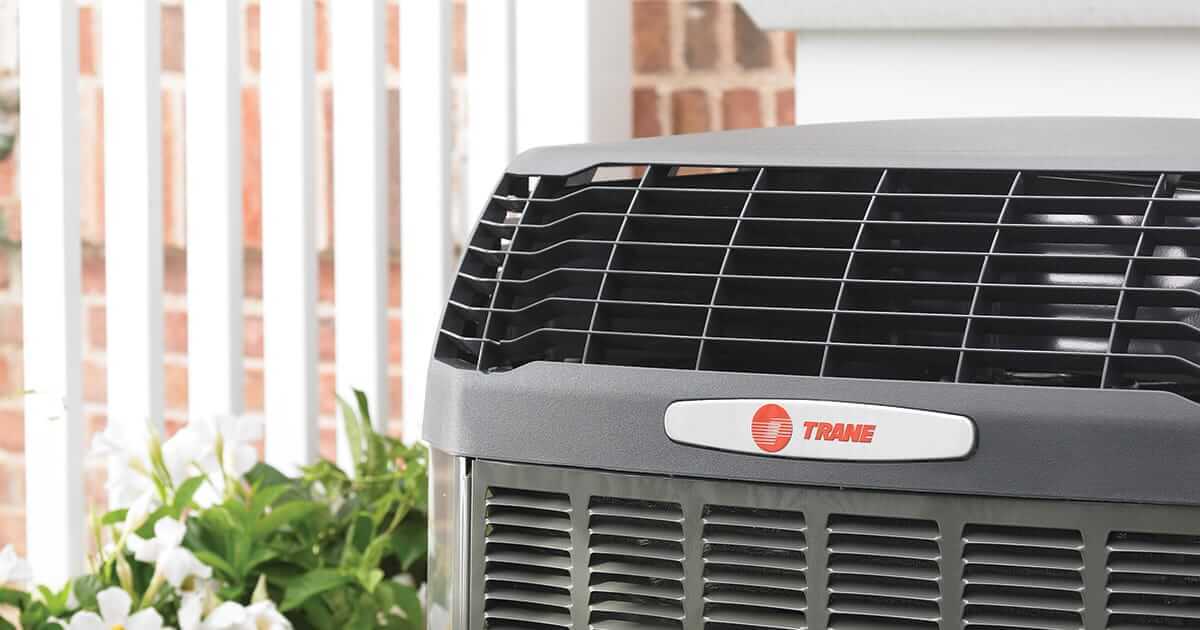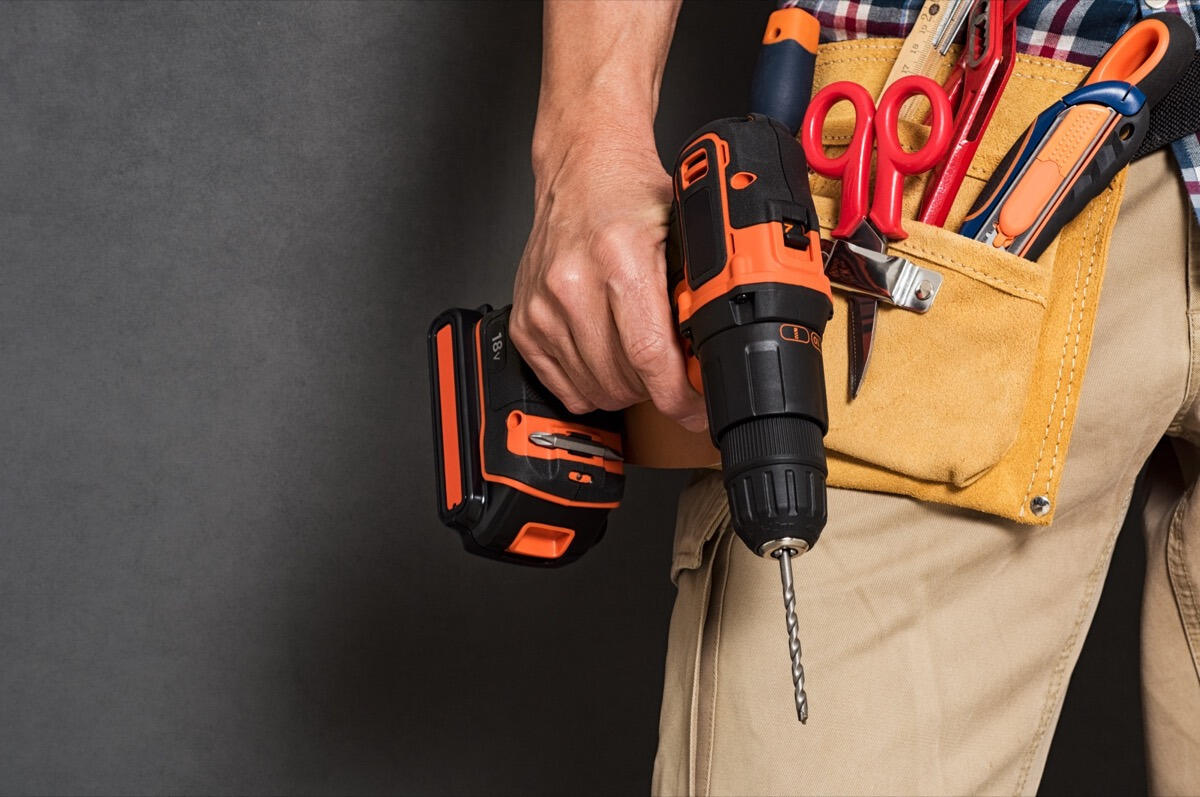How AC Repair Improves Energy Efficiency at Home
페이지 정보

본문
 AC repair often includes inspecting ductwork for leaks and sealing any gaps to prevent air loss. Additionally, improving insulation around ductwork ensures that the air remains cool as it travels through the system. By enhancing the efficiency of air delivery, your AC system can cool your home more effectively while using less energy.
AC repair often includes inspecting ductwork for leaks and sealing any gaps to prevent air loss. Additionally, improving insulation around ductwork ensures that the air remains cool as it travels through the system. By enhancing the efficiency of air delivery, your AC system can cool your home more effectively while using less energy.Ensuring Proper System Sizing and Installation
An improperly sized AC unit can significantly impact energy efficiency. An oversized unit will cool the home quickly but may not run long enough to dehumidify the air properly, leading to a damp and uncomfortable environment. Conversely, an undersized unit will struggle to cool the home, running continuously and consuming more energy.
Regular AC repair is a crucial component of maintaining an energy-efficient home. By ensuring that your system operates at peak performance, you can reduce energy consumption, lower utility bills, and enjoy a more comfortable living environment. From improving airflow and refrigerant levels to addressing electrical issues and upgrading thermostats, regular maintenance keeps your AC system running efficiently.
Proper airflow is crucial for an air conditioning system to operate efficiently. When airflow is restricted, the system has to work harder to circulate cool air throughout your home, which increases energy consumption. Several factors can impede airflow, such as clogged air filters, blocked vents, or a malfunctioning fan.
Promoting Sustainable Energy Use
In today’s world, promoting sustainable energy use is essential. An energy-efficient AC system reduces your carbon footprint by consuming less power. Regular AC repair plays a crucial role in achieving this by keeping your system operating at its best.
During regular AC repair, technicians clean these coils, ensuring they are free from debris and capable of performing their heat exchange functions effectively. Clean coils improve the system’s efficiency, resulting in reduced energy use and better overall performance.
Preventing Short Cycling
Short cycling occurs when an AC system turns on and off frequently without completing a full cooling cycle. This issue can be caused by various factors, including a malfunctioning thermostat, low refrigerant levels, or an oversized AC unit. Short cycling not only reduces comfort but also increases energy consumption, as the system uses more power during startup.
Regular AC repair addresses these issues by ensuring that air filters are clean, vents are unobstructed, and fans are functioning properly. By maintaining optimal airflow, the system operates more efficiently, reducing energy usage and lowering your utility bills.
Improving Seasonal Energy Efficiency Ratio (SEER)
The Seasonal Energy Efficiency Ratio (SEER) measures the efficiency of an AC system. A higher SEER rating indicates a more efficient system. While SEER ratings are determined by the manufacturer, regular maintenance and repairs can help maintain or improve the system’s efficiency close to its rated SEER.
Energy efficiency is not solely about the AC unit itself but also about the system’s ability to deliver cooled air effectively throughout your home. Leaky or poorly insulated ductwork can result in significant energy losses, HVAC Repair as cooled air escapes before reaching its intended destination.
Repairing or Replacing Worn Components
Over time, various components of your AC system can wear out, leading to decreased efficiency and higher energy consumption. Parts such as belts, motors, and capacitors are subject to wear and tear and can impact the system’s overall performance.
Regular AC repair involves inspecting the electrical components of the system and addressing any issues found. By ensuring that all electrical parts are in good working condition, the system can operate more efficiently, reducing energy usage and enhancing overall performance.
 Low refrigerant levels often result from leaks, which can cause the system to work harder to achieve the desired cooling effect, thereby consuming more energy. On the other hand, overcharged refrigerants can also reduce efficiency and cause mechanical issues. Regular AC repair includes checking and adjusting refrigerant levels to ensure they are within the manufacturer’s recommended range, optimizing system performance and energy efficiency.
Low refrigerant levels often result from leaks, which can cause the system to work harder to achieve the desired cooling effect, thereby consuming more energy. On the other hand, overcharged refrigerants can also reduce efficiency and cause mechanical issues. Regular AC repair includes checking and adjusting refrigerant levels to ensure they are within the manufacturer’s recommended range, optimizing system performance and energy efficiency.Electrical issues within an AC system can lead to inefficient operation and increased energy consumption. Problems such as faulty wiring, damaged capacitors, or malfunctioning relays can cause the system to draw more power than necessary or operate inconsistently.

- 이전글출장마사지? It is simple Should you Do It Smart 25.03.06
- 다음글eyelid-surgery-vs-browlift-whats-the-difference 25.03.06
댓글목록
등록된 댓글이 없습니다.


 블로그체험단 바로가기
블로그체험단 바로가기